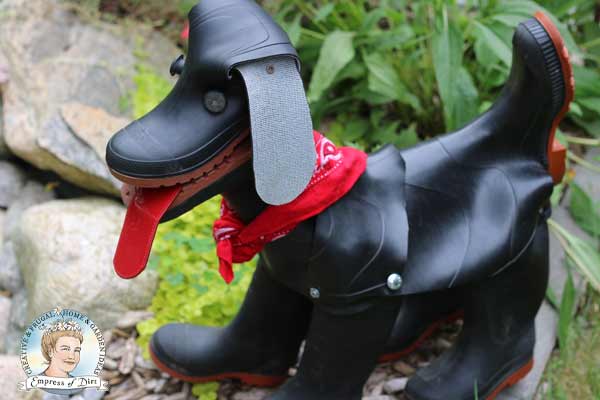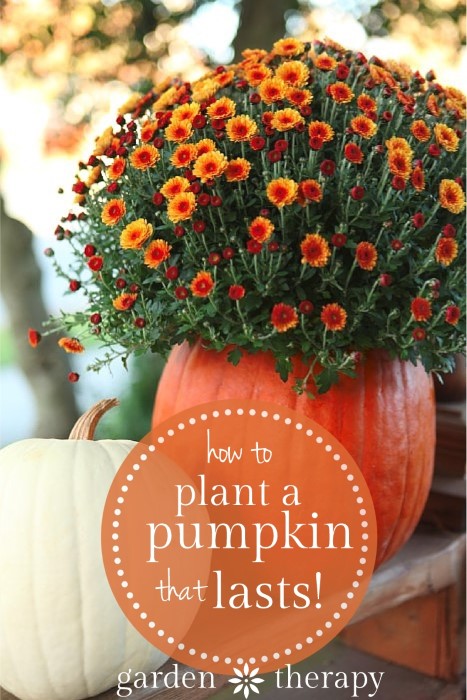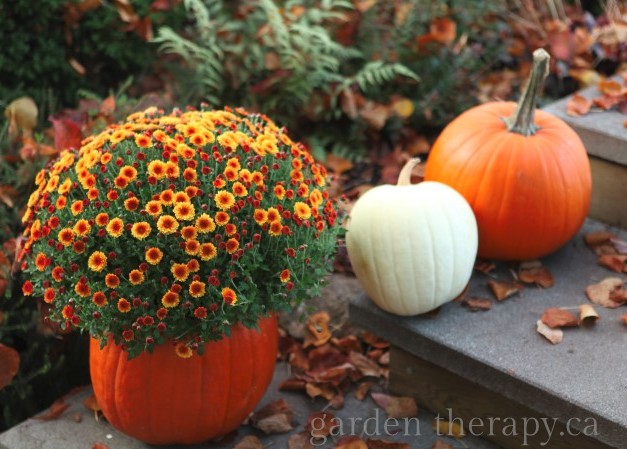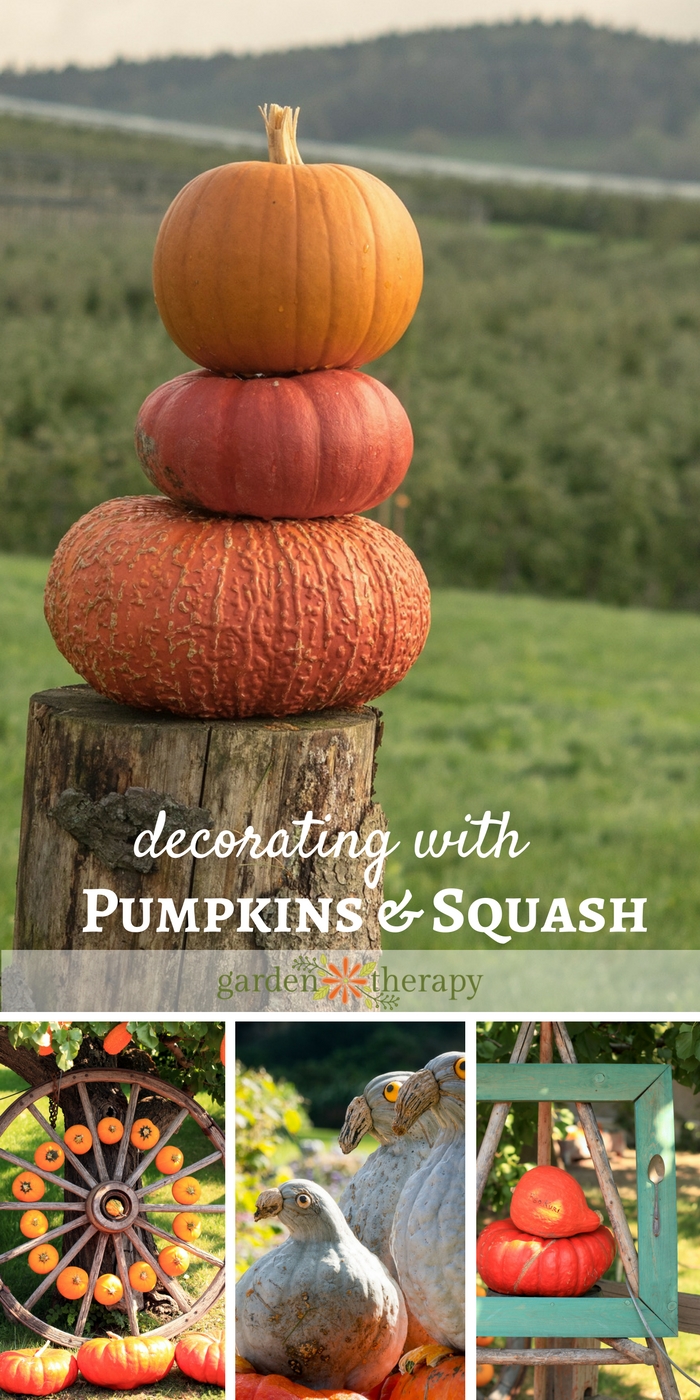
I may receive a commission if you purchase something mentioned in a link on this post for sites including Amazon.com. Other links may go to websites where I have been paid to write a blog or article. See the entire disclosure here.
Save Your Cans And Turn Them Into Garden Art
Tin can garden art repurposes all sorts of used household items and turns them into fun garden decorations. There are more fun recycled Earth Day craft projects here.

This tutorial will give you ideas for making a tin can robot, person, or pet, as well as how to connect the parts.
To prepare, you will want to start collecting parts such as empty food cans, paint cans, lids, and random other metal items including kitchen utensils (knives, forks, spoons), metal dog leashes, old tools, belt buckles, saw blades…. Really, anything that will be durable outdoors will work.

Ideas For Materials
- Empty food cans and lids in various shapes and sizes.
- Empty paint cans and lids.
- Bottle caps (for design elements and/or joins).
- Metal chains (old dog leashes).
- Metal kitchen gadgets (funnels, strainers, cutlery-knives, forks, spoons, sieves, etc.).
- Metal belt buckles.
- Nuts, bolts, screws, nails, washers….
Tools & Other Supplies
- Power drill and metal drill bits (unless you can punch through the metal with a hammer and awl)
- or hammer and hole puncher /awl
- Needle-nose pliers for twisting metal wire
- Wire for joining part (I use 16 gauge wire for many garden art projects).
- Wire cutter
- Tin snips or metal cutters
- Screwdriver
- Epoxy or other adhesive suitable for outdoor metal projects
- Duct tape
- Paint suitable for tin/metal. I use spray paint. Read the label to see if a primer is required
- Primer (if required for your paint product)
Safety Protection
Beware of sharp edges and take precautions with glove and safety glasses as needed.
- Protective gloves and glasses

Tin Can Project Ideas

I suggest doing a Google image search “tin can garden art” first to gather ideas you like. You could make:
- Robots, people, scarecrow, aliens
- Animals: dog, cat, snake, lizard…
Planning
Plan your project first and decide all parts you will be using.
Decide how you want to join the parts together. Options include creating holes through parts and joining them with:
- Nuts and bolts.
- Wire wrapped around a nut or washer at either end.
If you want moving joints:
- Use washers or bottle caps between the parts, threading the joining wire or bolts through.
Also pre-plan what you’ll need to hang your creation up, for example, a wire through the top of the head or a rebar post to stand it on.
Preparation
- Wash and remove labels from all cans.
- Cut any parts you will need – think about eyes, ears, mouth, hands, feet, and, the best part—unique decorations such as belt, heart, necklace, headdress, earings…
- Drill holes for all joins and joints. Make sure the hole is large enough to fit the bolts or wire you are using.
- Paint parts that will be easier to access before assembly. Allow to dry according to product label.
Assembly
- Assemble in sections, completing the head, body, and limbs before putting it all together.
Tip
- If you’re attaching any parts with adhesive, it can help to secure them in place with tape while you’re waiting for the adhesive to dry.
~Melissa the Empress of Dirt ♛

Original article and pictures take empressofdirt.net site




































